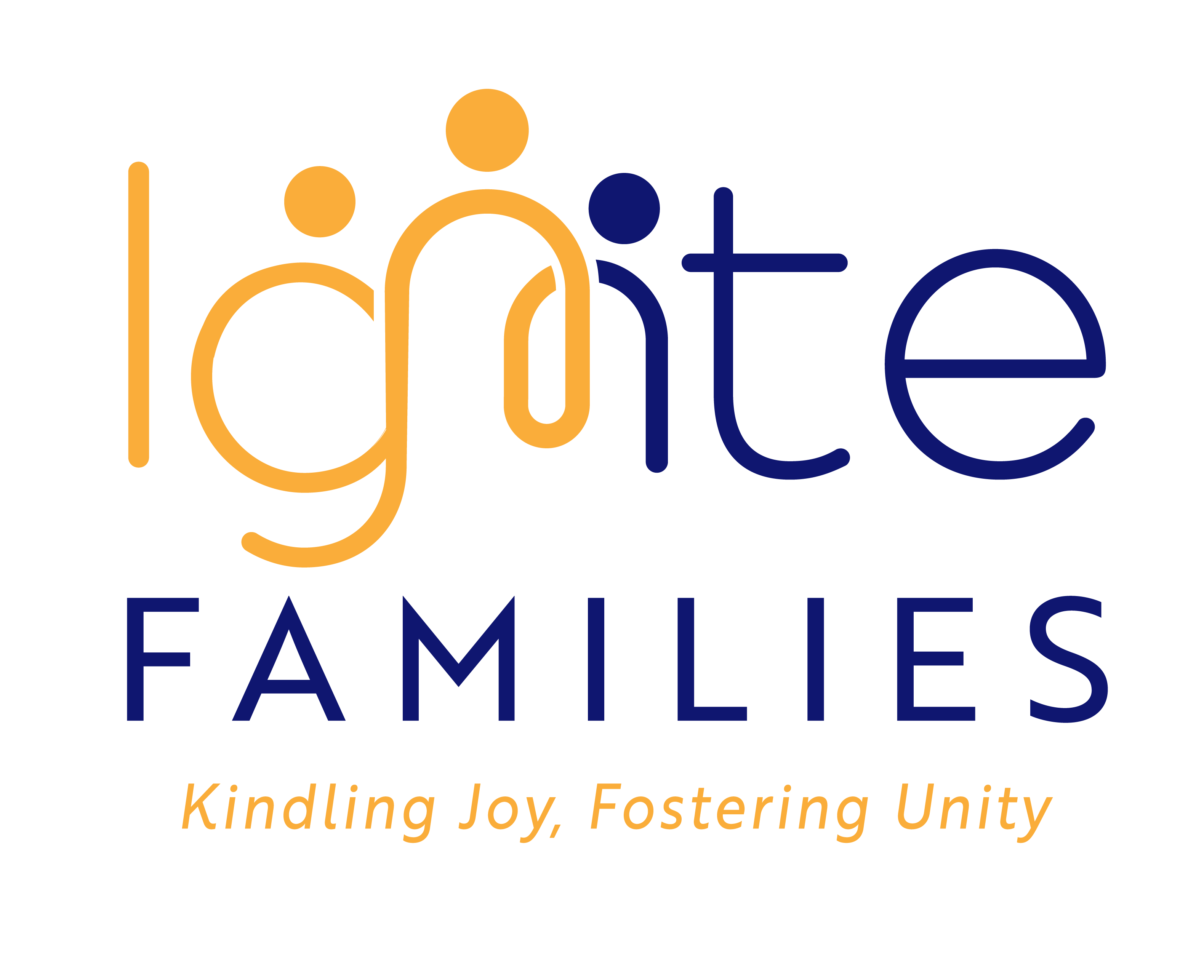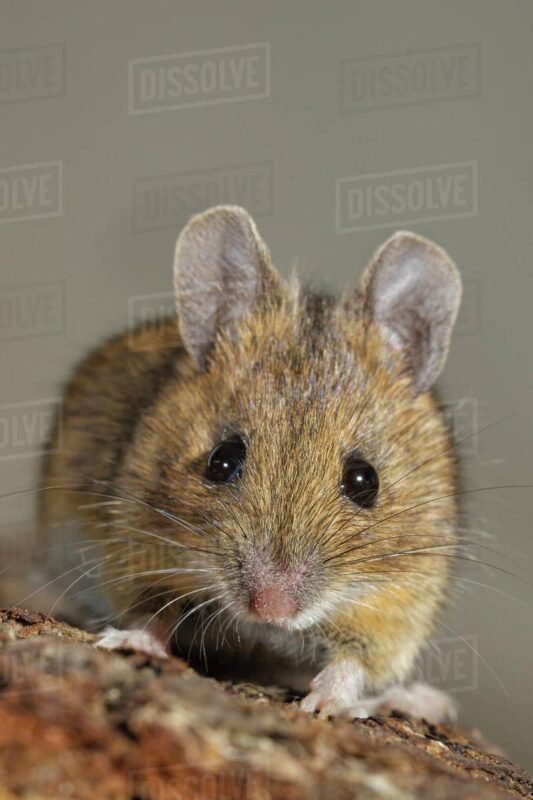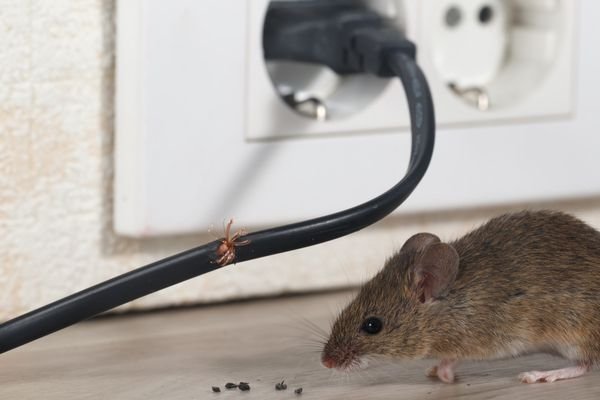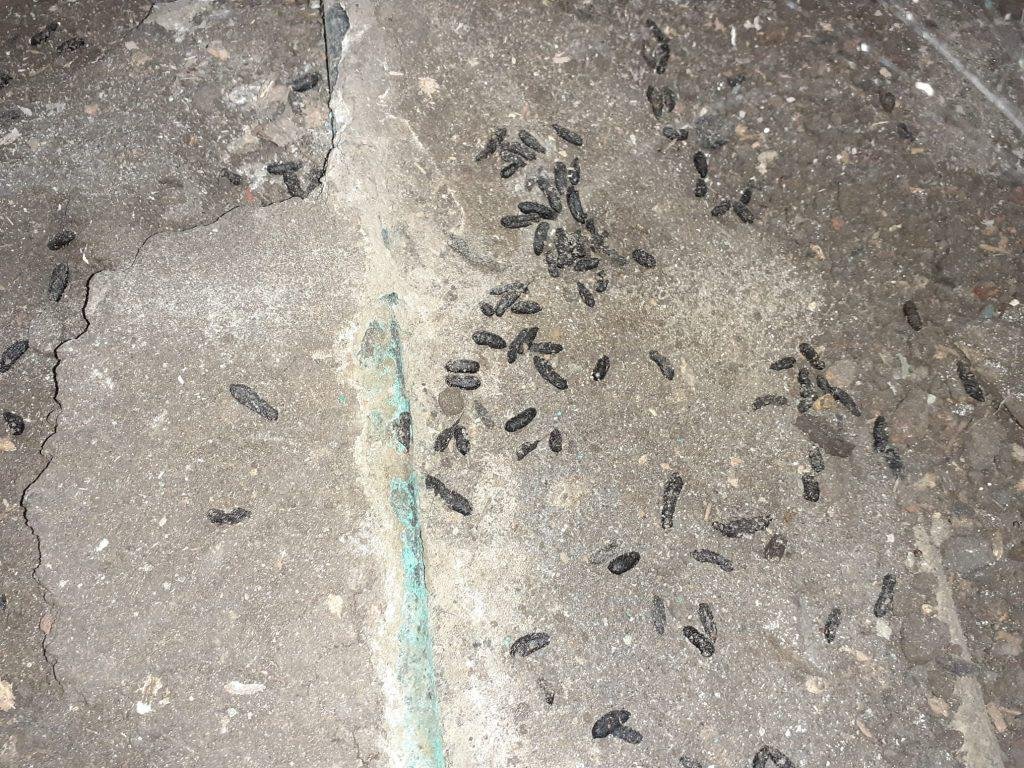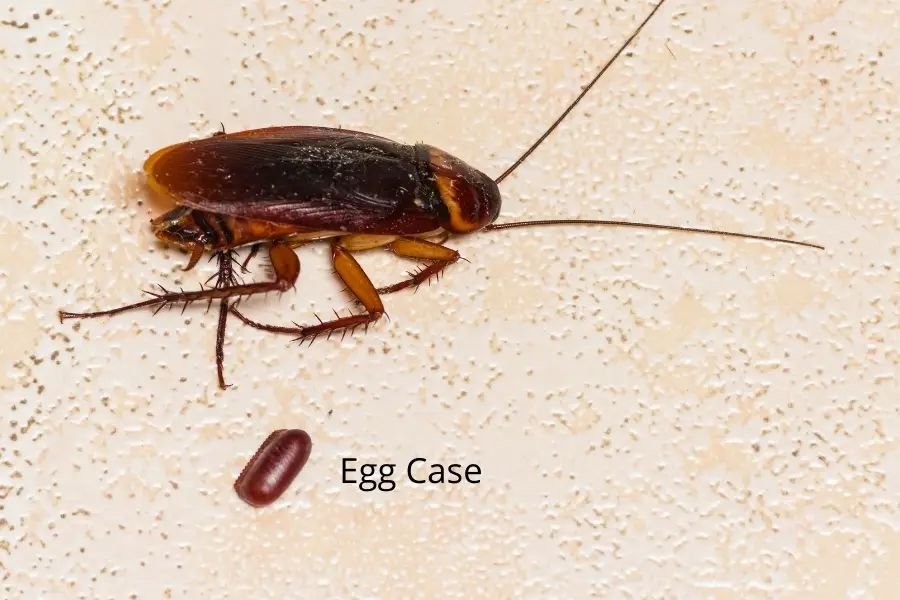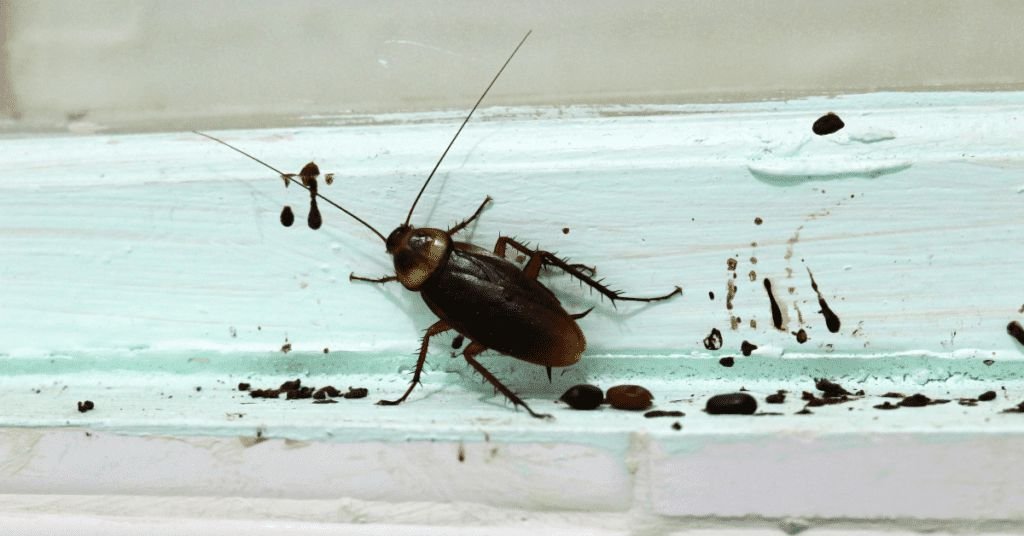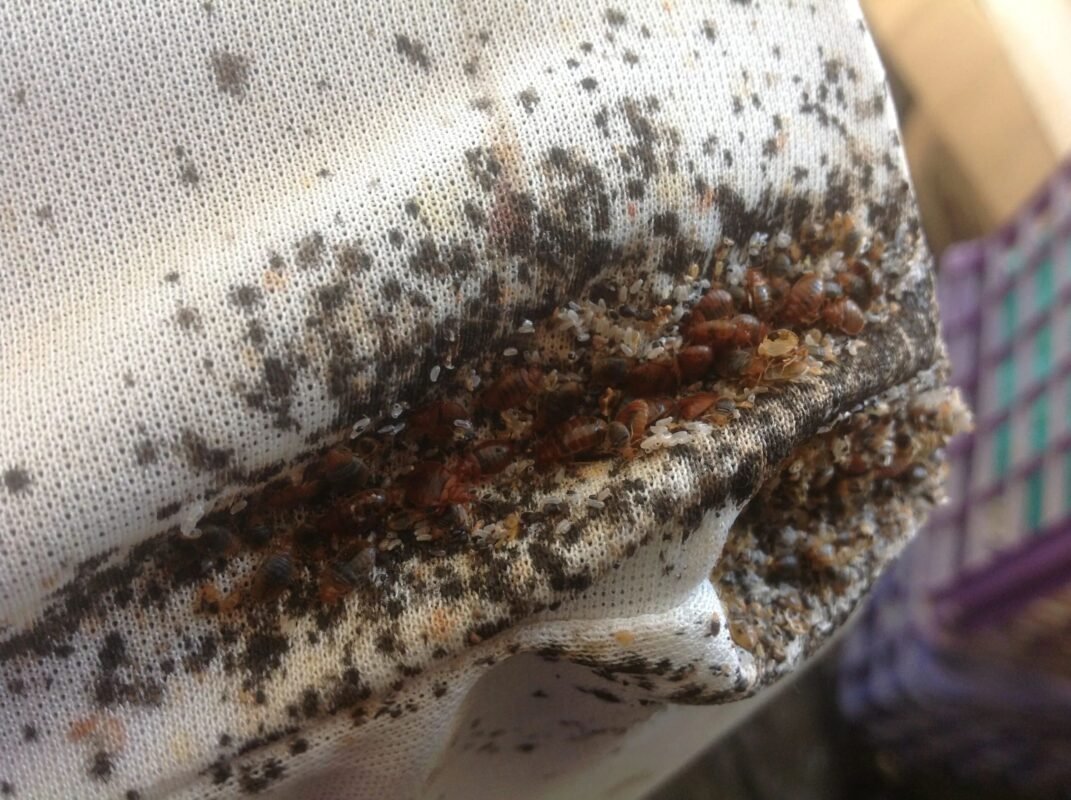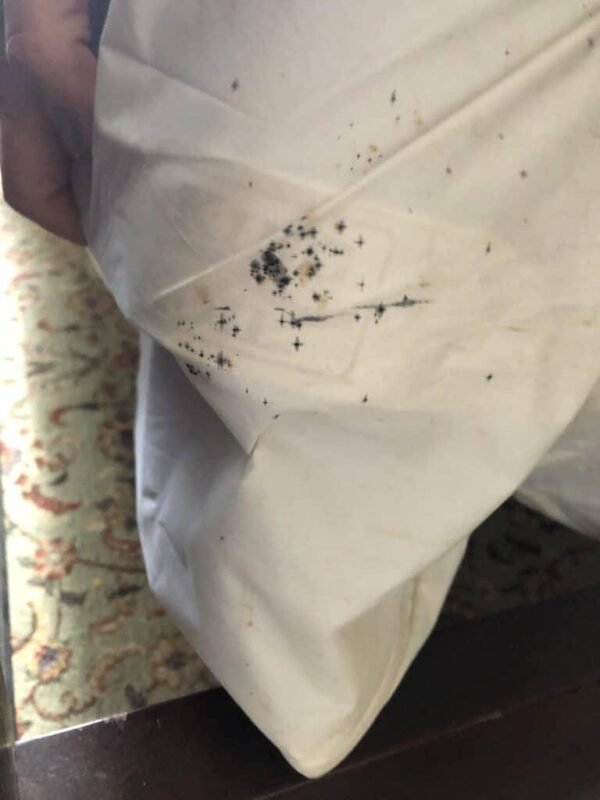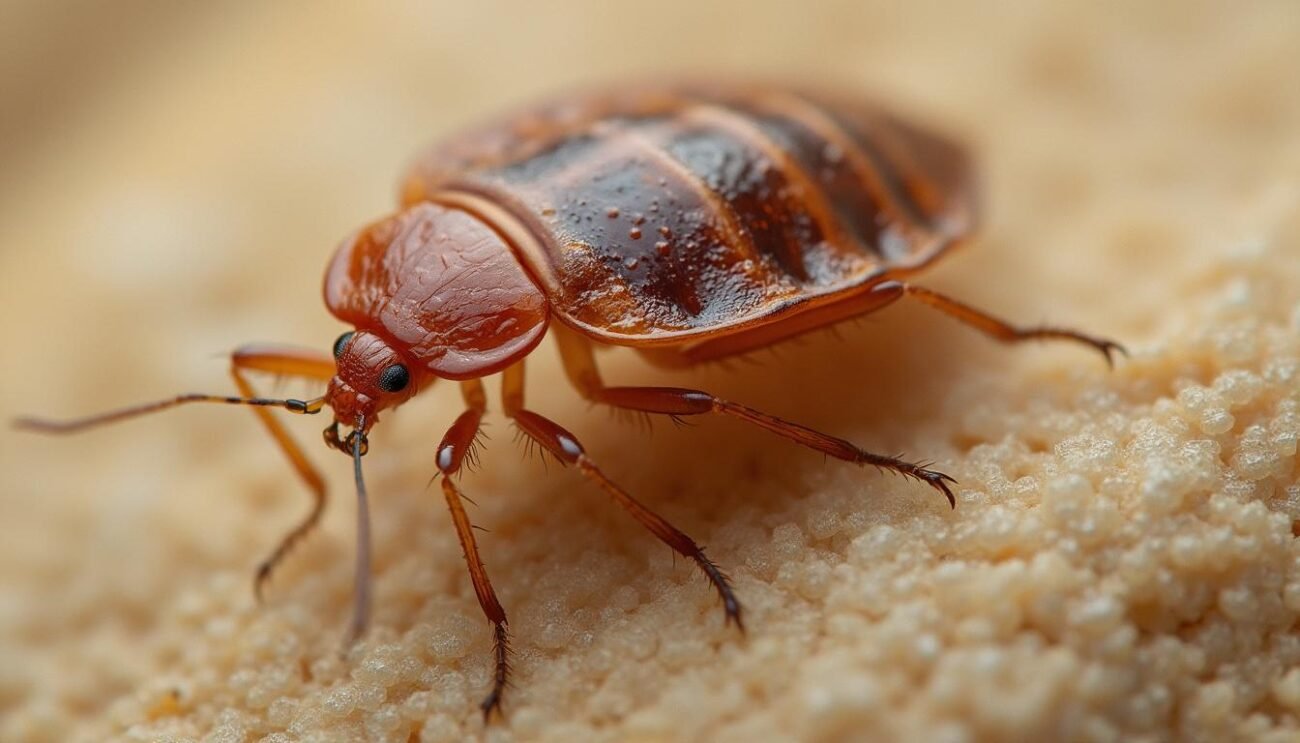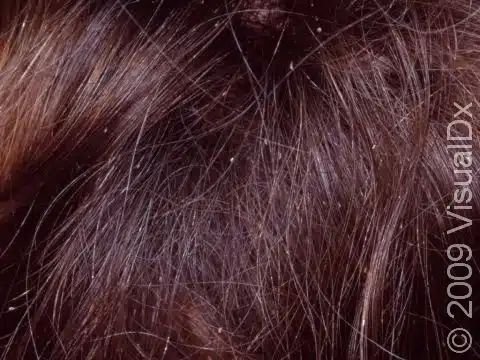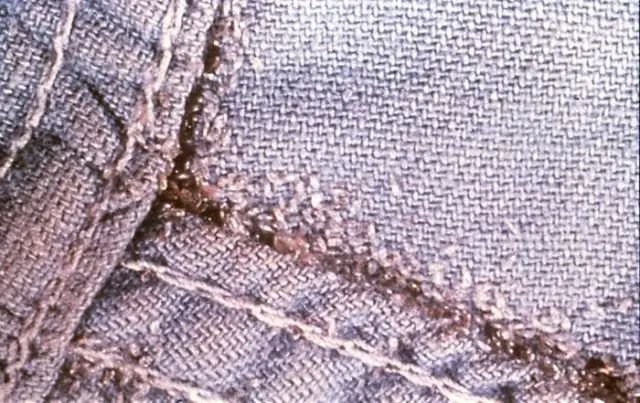Pest & Infestation Safety Policy
Identification – What to Look For
| Pest | What It Looks Like / Key Identifiers | Where You’d Most Likely See Them |
|---|---|---|
| Mice / Rats (Rodents) |
|
Behind appliances, inside walls, basements, attics, near trash or food. |
| Roaches |
|
Kitchens, bathrooms, under sinks, behind appliances, cracks and damp areas. |
| Bed Bugs |
|
Mattress seams, box springs, headboards, furniture joints, behind baseboards. |
| Lice |
|
On scalp, clothing seams, hats, bedding of symptomatic individuals. |
If any of these signs are observed, follow the protocol below.
Pest Identification Visual Reference
This visual guide is provided to help staff identify common pests they may encounter during home visits. Use this only as a reference. If pests are suspected, follow the procedures outlined in the full Pest & Infestation Safety Policy.
Purpose: To protect both staff and clients from pest exposure (rodents, roaches, bed bugs, lice, etc.) during home visits. This policy includes visual identification guides, safety steps, procedures to follow when encountering infestations, and reimbursement guidelines for confirmed exposures to ensure both employees and families remain safe.
